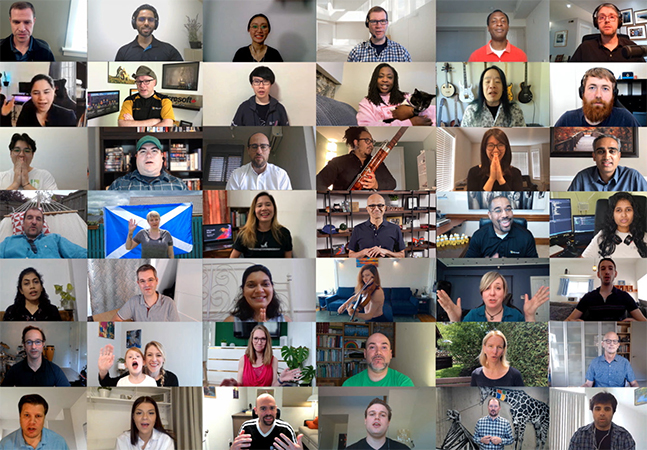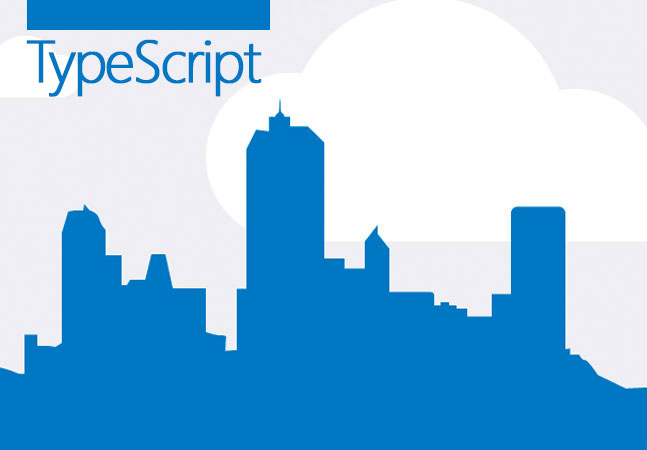
Microsoft today announced the fifth previews of .NET 5.0 and Entity Framework Core 5.0 en route to a November general release date, though not all of the planned functionality will be finalized by then because of the COVID-19 pandemic.

Microsoft cranked out June 2020 updates to .NET Core 3.1 (and 2.1) to address a denial-of-service (DoS) vulnerability.

This week saw two third-party vendors of dev tools -- UX and UI toolkits and controls -- release new offerings that include support for two of Microsoft's main open source frameworks, the cross-platform .NET Core 3.1 and Blazor, which allows for creating browser-based web applications with C# instead of JavaScript.

C++ development is a focus point of the new Visual Studio 2019 v16.7 Preview 2, featuring a slew of tweaks and improvements touching upon remote SSH connections, IntelliSense support and more.

Microsoft already stewards several popular programming languages -- C#, TypeScript, F# -- so what's up with its love of Rust, along with the rest of the world?

Microsoft's C# programming language climbed a year-over-year notch on the TIOBE Index, which measures popularity among developers.

Microsoft is furthering its work to target mobile app development with Blazor, the ASP.NET Core offering that originally was developed to allow for C#-based web development instead of JavaScript through the use of WebAssembly for the client side.

Microsoft's embrace of open source is paying off, says Stack Overflow in its new developer survey, as TypeScript has vaulted into second place (behind Rust) as the "most loved" programming language, pulling away from Python, with which it tied in last year's survey.

Microsoft has open sourced GW-BASIC, a programming language developed some 38 years ago. GW-BASIC and variants such as QBasic, QuickBasic and others provided the onramp to computer programming for many industry veterans.

Blazor guru Steve Sanderson provided a peek at what's coming up for Blazor during a Build presentation this week.

Microsoft provided updates on its flagship .NET-centric programming languages, C# and F#, during this week's online Build developer conference.

Microsoft's Visual Studio 2019 for Mac version 8.6 was announced at this week's Build developer conference, featuring an integrated terminal, templates for Blazor WebAssembly applications and gRPC service projects, fixes for crashes and hangs, and more.

Working from their home offices, Microsoft developers have shipped Visual Studio 2019 16.6 and the first preview of v16.7 with a slew of new features available in previews, including built-in ML.NET Model Builder functionality, expanded support for Codespaces, a Windows Forms designer for .NET Core projects and more.

The dream of one cross-platform .NET scheme for every type of project and target is becoming closer to a reality.

It's been a long time coming, but .NET developers can now finally enjoy a full-stack, production-ready Blazor framework for creating web applications with C# instead of JavaScript. At Microsoft's big Build developer conference today, the company announced that Blazor WebAssembly 3.2 -- the client-side component -- is joining Blazor Server.

The Visual Studio Toolbox show on Microsoft's Channel 9 video site this week took a look at desktop components from third-party vendor DevExpress.

Microsoft shipped TypeScript 3.9, quickening the compile times for the increasingly popular programming language used to write software ranging from Angular and Vue to Visual Studio Code.

Who knew there were so many C# library authors out there? New C# Source Generators unveiled in preview by the .NET and Languages dev team immediately garnered a lot of interest in the .NET dev camp, with more than 100 comments tacked on to an introductory post.

Really, you only need to do two kinds of testing: Unit testing (to make sure that your individual components work) and end-to-end testing (to make sure your application works). Anything else is just a waste of your time.

Dr. James McCaffrey of Microsoft Research explains the k-means++ technique for data clustering, the process of grouping data items so that similar items are in the same cluster, for human examination to see if any interesting patterns have emerged or for software systems such as anomaly detection.
- By James McCaffrey
- 05/06/2020